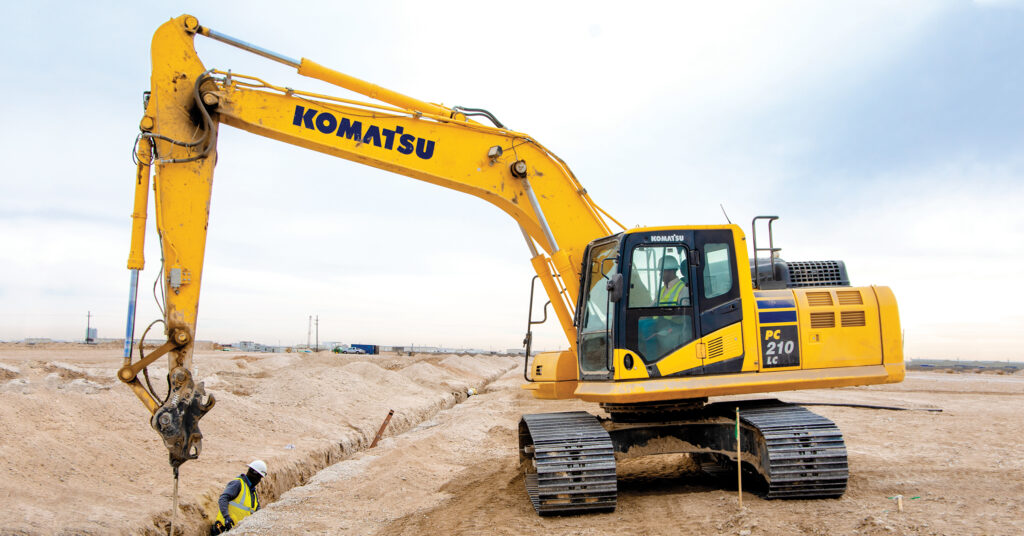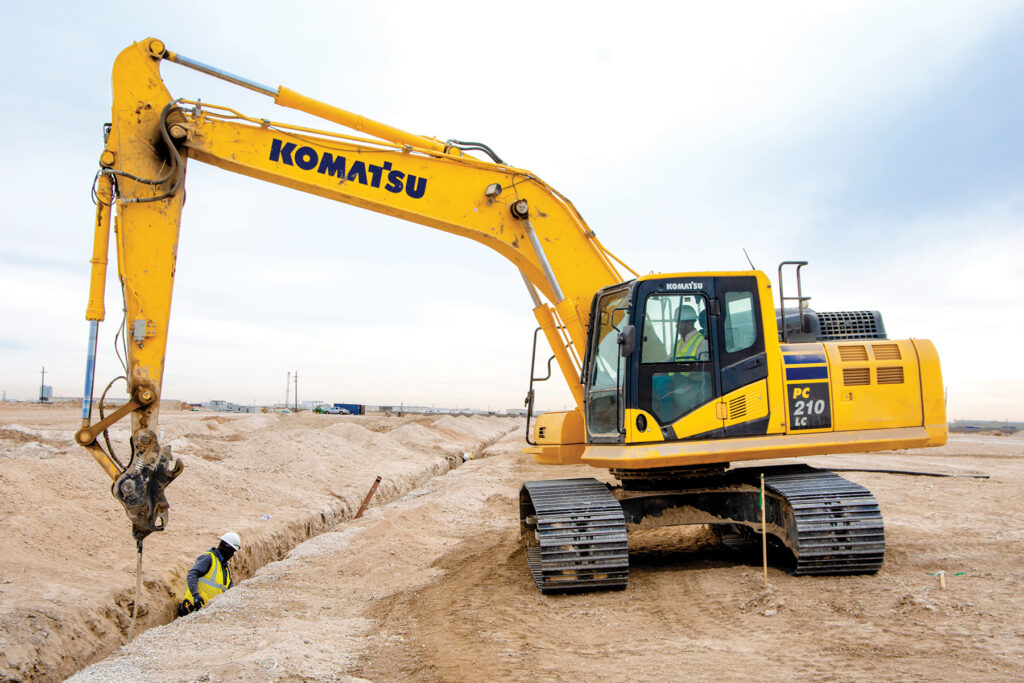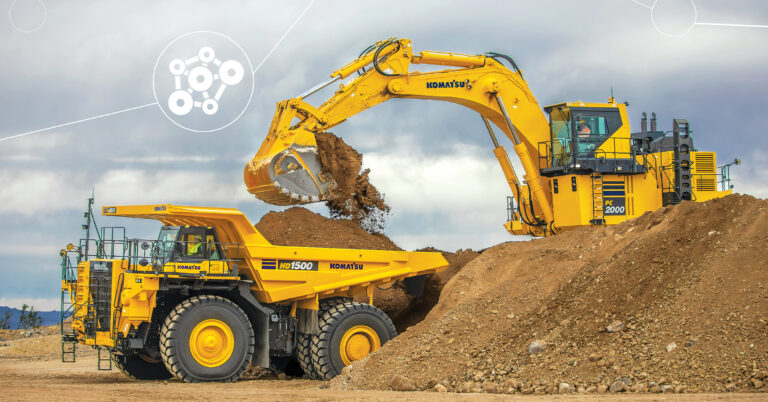
Industry Insight
OSHA reports large rise in trench-related fatalities, announces enhanced enforcement and oversight
The Occupational Safety and Health Administration (OSHA) reported that nearly 40 deaths occurred in trenching and excavation work during 2022, making it one of the deadliest years on record. The total more than doubled the 15 fatalities reported in 2021.
OSHA reported 22 deaths in the first half of 2022, prompting it to launch enforcement initiatives to protect workers from known industry hazards. Compliance officers from OSHA were sent to perform more than 1,000 trench inspections nationwide.
“The Occupational Safety and Health Administration is calling on all employers engaged in trenching and excavation activities to act immediately to ensure that required protections are fully in place every single time their employees step down into or work near a trench,” said OSHA Assistant Secretary Doug Parker. “In a matter of seconds, workers can be crushed and buried under thousands of pounds of soil and rocks in an unsafe trench. The alarming increase in the number of workers needlessly dying and suffering serious injuries in trenching accidents must be stopped.”
OSHA reminded companies and workers that trenching and excavation operations require protective systems and inspections before workers can enter. Those requirements apply to trenches 5 feet or deeper unless they are made entirely in stable rock. Safe access and egress, including ladders, steps, ramps or other safe means, are required for employees working in trench excavations 4 feet or deeper, and they must be located within 25 feet of all workers.
When designing a protective system, you must consider factors such as soil classification, depth of cut, water content of the soil, changes caused by weather or climate, surcharge loads, and other operations in the vicinity.

Protective systems include:
- Benching: Protecting workers from cave-ins by excavating the sides of an excavation to form one or a series of horizontal levels or steps, usually with vertical or near-vertical surfaces between levels; this method cannot be done in Type C soil
- Sloping: Cutting back the trench wall at an angle inclined away from the excavation
- Shoring: Installing aluminum hydraulic or other types of supports to prevent soil movement and cave-ins
- Shielding: Protecting workers by using trench boxes or other types of supports to prevent soil cave-ins
“OSHA stands ready to assist any employer who needs help to comply with our trenching and excavation requirements,” Parker said. “We will conduct outreach programs — including safety summits — in all of our 10 regions to help ensure any employer who wants assistance gets it. The stakes are too important.”



